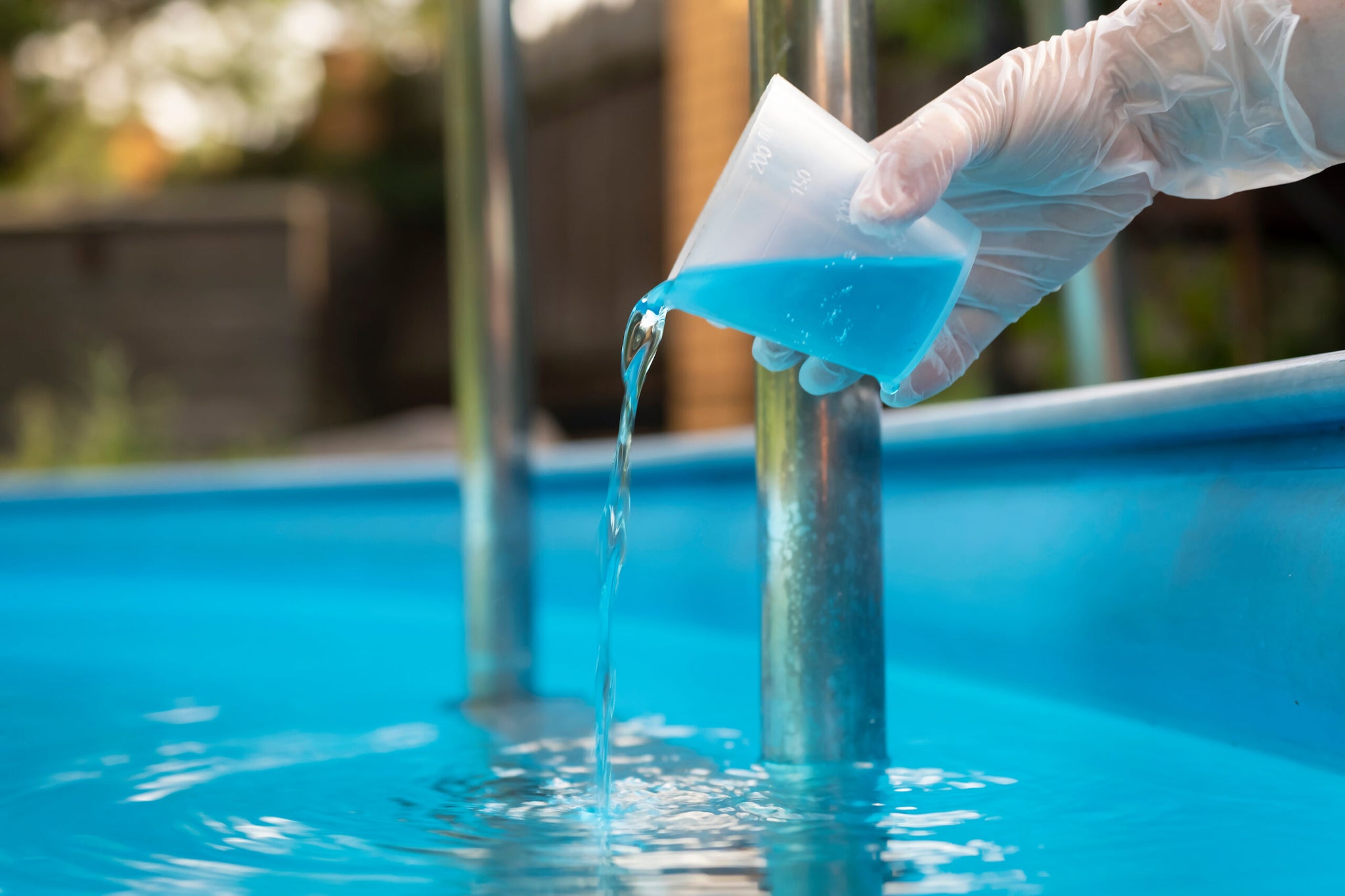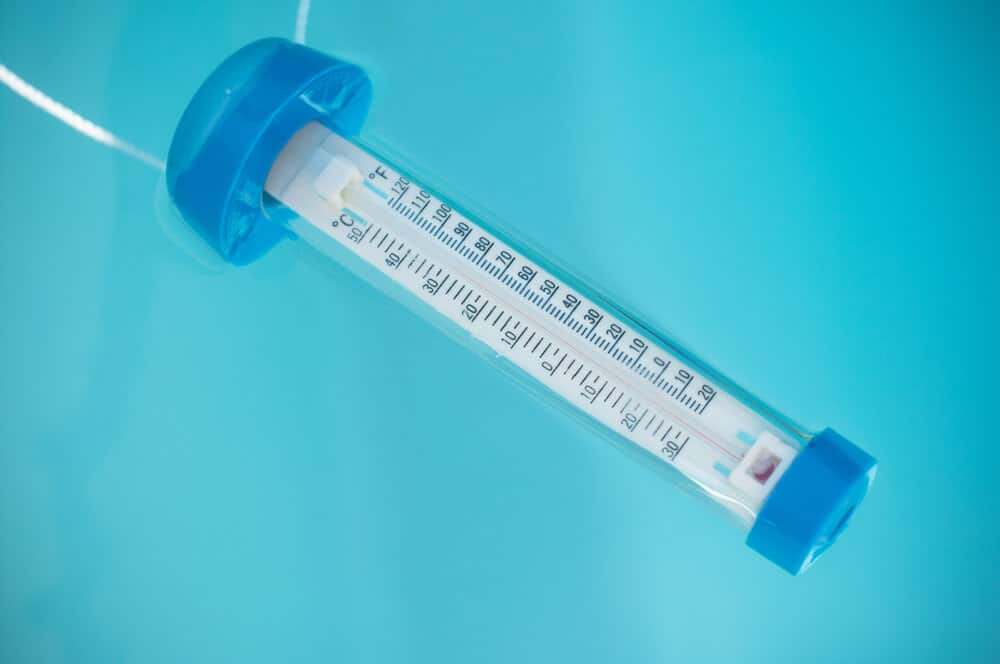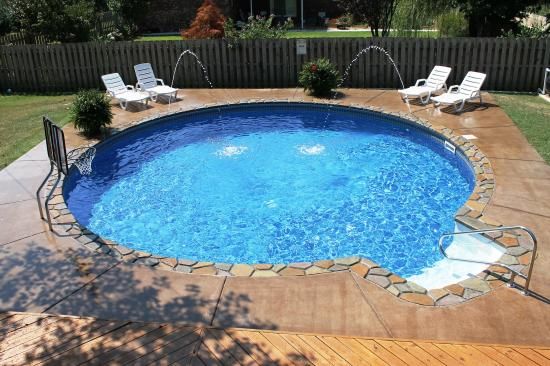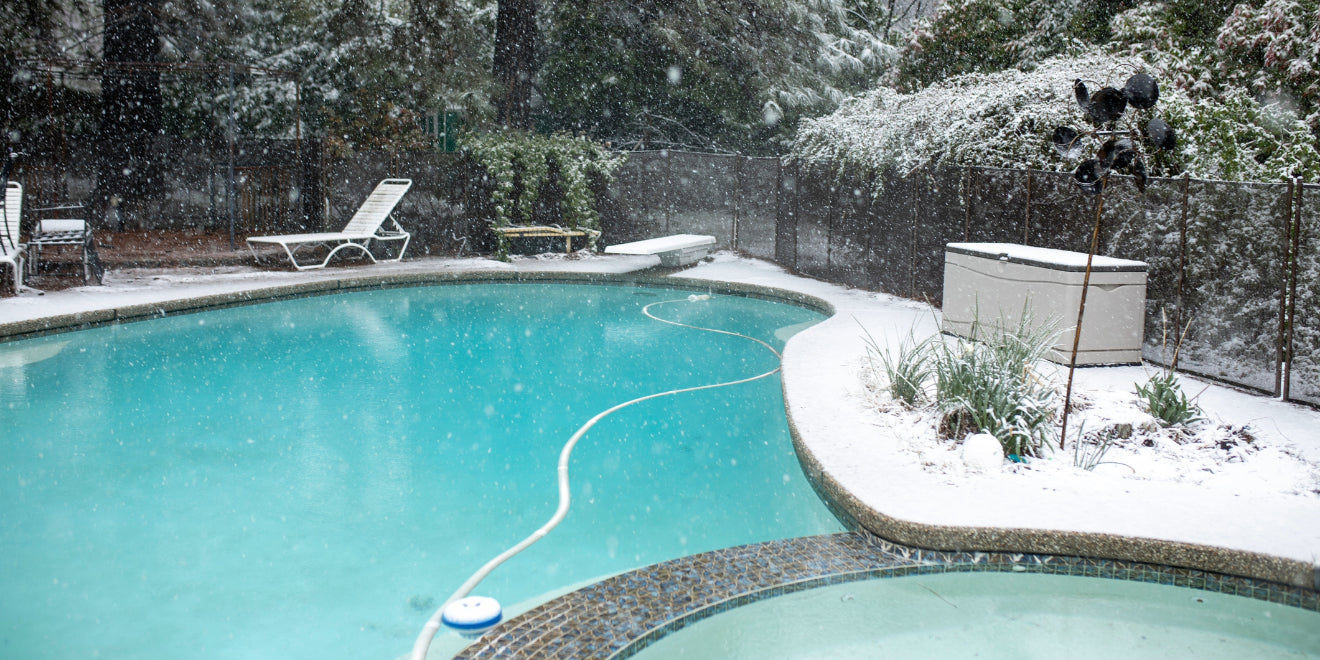
Effective Ways to Remove Swimming Pool Algae
One of the best ways to recharge is to take a hike and breathe in fresh air. Well, you should be thankful for algae because they are responsible for providing about 70% of the oxygen on the planet. While they play a crucial role in the earth’s ecosystem, they should have no place in your swimming pool. Aside from being unsightly, too much algae growth can cause health issues and accidents.
How Algae Grow and Spread in Swimming Pools
The rain, the wind, and even contaminated swimsuits can carry the algae spores into the pool. Under the right conditions, algae can spread within hours. Several factors can come into play, including the presence of nitrates, warm temperatures, sunlight, and imbalanced chemicals. When there is no sanitation, circulation, and filtration in the pool, algae can spread quickly.
It is worth noting that algae are aquatic organisms that multiply faster during warm, sunny days. Since they have chlorophyll, they need photosynthesis to grow. They feed on carbon dioxide, producing oxygen as their byproduct. Most algae strains affecting pools need light to grow. For them to survive, they need food. Almost every kind of contaminant and speck of dust can be algae food. Pools with high levels of particles and debris allow algae to thrive.
Effective Ways to Get Rid of Pool Algae
You may not have lily pads floating in your pool, but microscopic algae are still present in the water. Don’t fill your shed with tons of chlorine tablets and sanitizers yet! What’s important is you do not give algae the opportunity to multiply and spread. While some types of algae are resistant to chlorine, but there are still ways to control them depending on their color.
Green Algae
Usually, when the water circulation is poor or when the pool sanitizer levels are low, green algae start to bloom. Also known as chlorophyta, green algae get their color from chlorophyll. They can make the water murky and cloudy, which can be unsightly and unhealthy. Thankfully, they are the easiest type of algae to remove. On the other hand, if you neglect them, they can make the stairways and floor slippery, potentially causing accidents and drowning.

You can raise the chlorine levels or add an algaecide to kill green algae. It is also crucial that you keep the filtration system running after the treatment. Doing so will allow the filter to trap the dead algae and clear the water. You can also prevent them from coming back by maintaining the recommended pool chemical levels. The Centers for Disease Control and Prevention recommends that you keep the pH levels between 7.2 to 7.8. Meanwhile, the free chlorine concentration should be at least 1 ppm.
Black Algae
When black algae multiply, they look like black spots on the pool plaster and other areas with poor water circulation. Technically, they are not algae at all but are cyanobacteria that are capable of producing their own food. So, they grow and spread while digging their roots into the concrete surfaces.

You need to aggressively treat black algae to prevent them from spreading and growing back. Take a stainless-steel brush, then scrub the affected area. You need to do this every day until the spots disappear. If you’re dealing with serious algae infestation, you may be able to control them but not eliminate them completely. So, as soon as the black spots appear, you need to start scrubbing immediately.
Mustard Algae
One of the most challenging types of algae to eradicate is mustard algae. For one, it can be difficult to know that you have them in your pool. When you have a blue pool, yellow algae may look green. In most cases, pool owners easily mistake them for pollen or dirt. One of the ways to know that you have yellow algae is observing whether they will return to the side walls when you scrub them. Pollen or dirt should drop to the floor. On the other hand, yellow algae end up going back to the walls.

Treatment can be complicated for yellow algae-infested pools. After all, they are resistant to chlorine. The wind or the rain can carry them into your pool. Moreover, they can be transmitted through contaminated pool accessories and swimsuits. So, it is important to use chlorine accelerator or an algaecide to eradicate them.
Pink Algae
Commonly referred to as pink algae, pink slime is a form of bacteria that tend to grow in swimming pools, especially in the PVC pipes. They are also resistant to pool chemicals, making them difficult to remove. You can manually clean them, ensuring that you check inside the filter system, behind the ladders, and around the skimmer and return jets.
Say Goodbye to Algae!
Shock treatment is one of the best ways to clear algae. You’ll just need more aggressive treatment to the more resistant types. After vacuuming and brushing the affected areas in your pool, test and balance the water. Doing so will ensure that your sanitizer will be effective against algae.
Shock Treatment
You’ll need lots of calcium hypochlorite for the shock treatment. Make sure you read the instructions on the packaging carefully to know the right dose for the size of your pool. Multiply the amount depending on the type of algae you’re dealing with as follows:
For green algae, you’ll need twice the recommended amount;
For mustard algae, you’ll multiply the dose by three;
For black algae, you’ll need four times the suggested dose.
Keep the Dirt Out
As we’ve mentioned, algae thrive in pools with high levels of contaminants and debris. Algae bloom occurs under the right conditions, especially when the organisms have sufficient food to eat. So, to prevent the problem from happening, we recommend that you use a retractable pool cover. In this way, you can block dirt, dead insects, twigs, and even bird droppings from contaminating the water.
If you are worried about the hassle of drawing out and in the pool cover, you should use an automatic pool cover reel. With a push of a button, you can get the cover across the pool. If you wish, you can draw it back in a matter of seconds. You won’t even need help to operate it!












